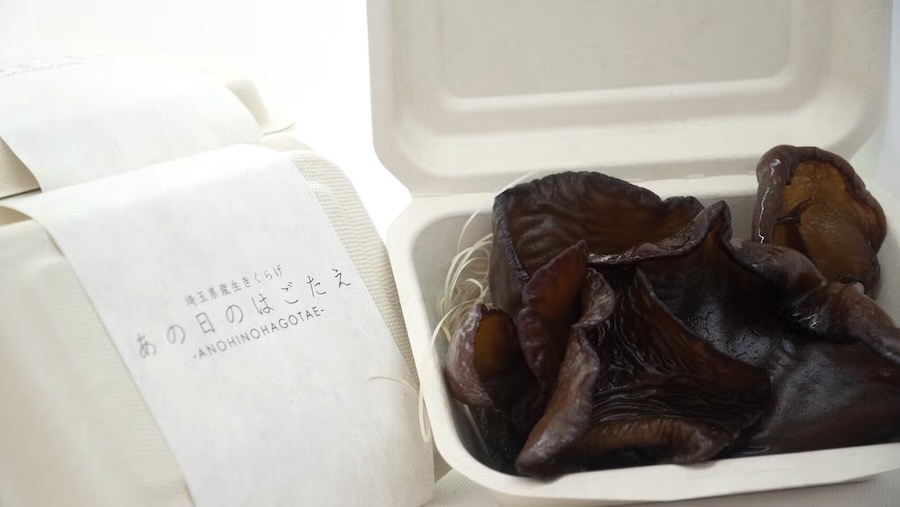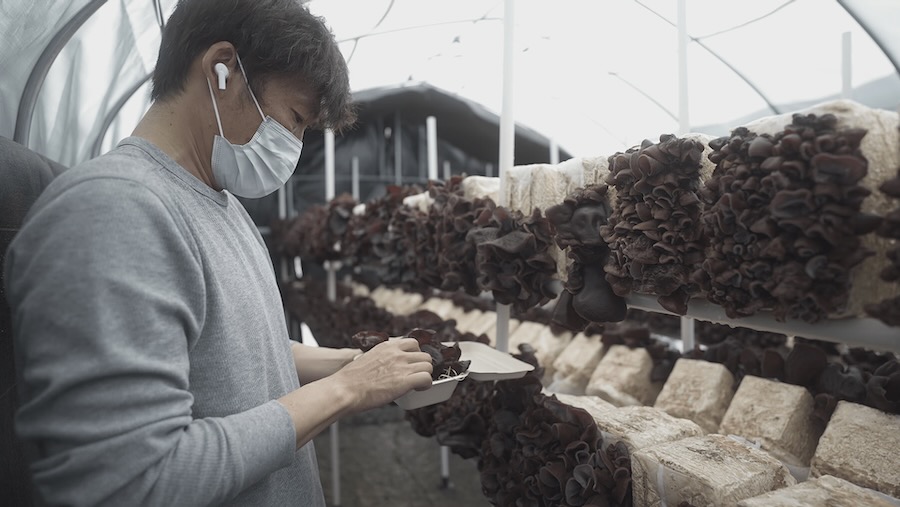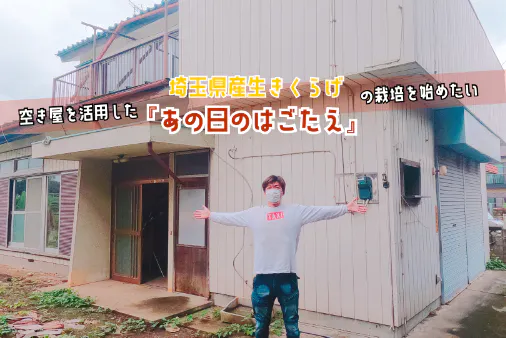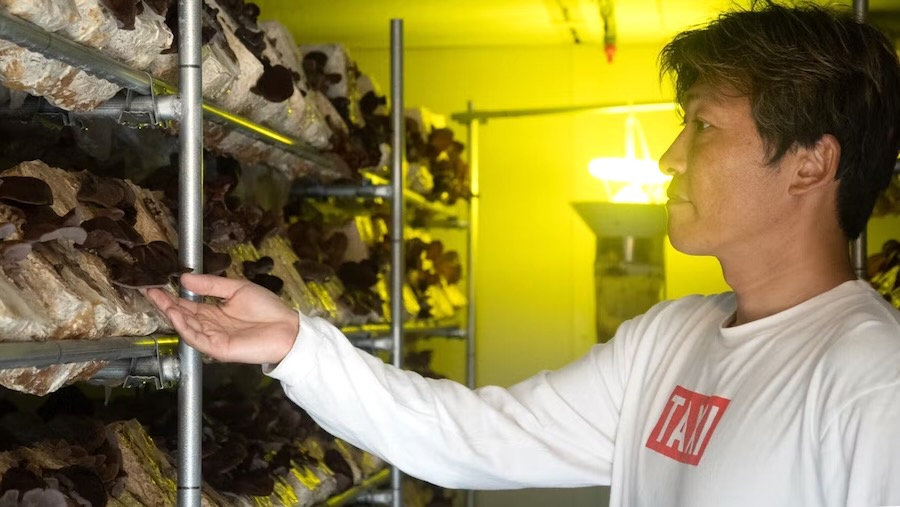
The coronavirus pandemic had a drastic and immediate impact on Yuichiro Shimizu’s taxi business. As early as January 2020, Nichiei Taxi, a local business that has been servicing Saitama prefecture for over 50 years, saw their revenue drop by a staggering 80%. To save the company, and their roughly 40 employees, the team got together to brainstorm new business initiatives and they ended up hitting on something unexpected: growing wood ear mushrooms.
advertisement

Initially, the company set up a vinyl greenhouse on their property and began growing wood ear mushrooms. While popular and nutritious, there was surprisingly little domestic production of wood ear mushrooms and 90% of them were imported from China. Shimizu’s agricultural initiative proved to be a hit with local supermarkets, local school cafeterias and also online sales. But to scale the business, they would need more property, and more greenhouses, which weren’t cheap. A properly insulated greenhouse equipped with heating that could insure production through the winter would cost 10 million yen a piece, or roughly $71,000 usd.
That’s when Shimizu realized the answer was right around him: Japan’s glut of vacant houses, known as akiya. While traditional akiya with charm and architectural significance have proven popular for renovations, there were plenty of ugly, cookie cutter homes that have fallen into disrepair and were being offloaded for a fraction of the price of a new greenhouse. Not only that, an actual akiya was better insulated than a greenhouse and would hold up during hurricane season, or other adverse weather.

Shimizu turned to crowdfunding, where he raised 1 million yen (about $7,100) to buy a rundown, vacant akiya and convert it into a greenhouse for wood ear mushrooms. Perhaps there is new life in Japan’s glut of vacant akiya afterall?
The entire process is documented online where you can read more about the initiative, buy the mushrooms online, or learn about local stores that stock their mushrooms.























